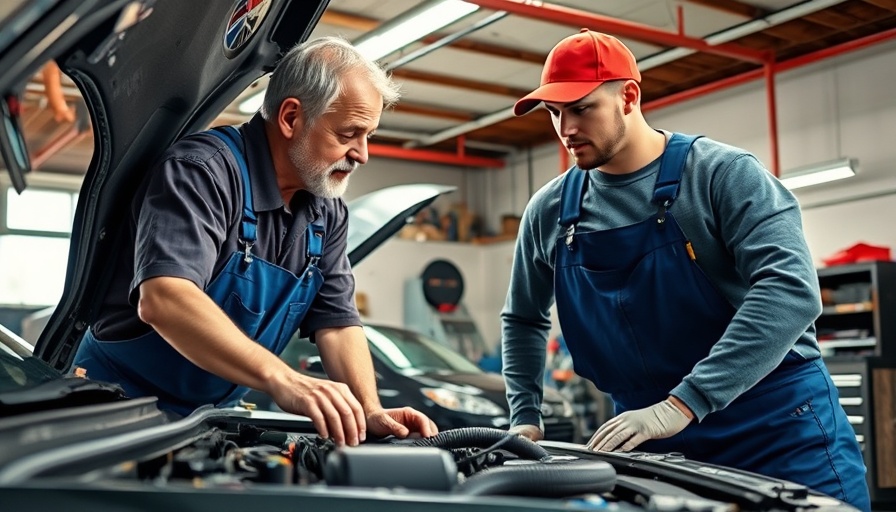
Understanding the Importance of Vehicle Agreements
Driving provides an unparalleled sense of freedom, offering endless possibilities for travel and adventure. However, the relief and exhilaration of getting behind the wheel can quickly be overshadowed by misunderstandings surrounding vehicle agreements. It’s crucial to appreciate what you are committing to before signing on the dotted line, especially when choosing a car, motorcycle, or any other vehicle. Just like understanding how a vehicle operates is necessary for safe driving, grasping the intricacies of vehicle agreements is vital for informed financial decisions.
The Dangers of Ignoring Fine Print
In an age where time is of the essence, many individuals find themselves hastily signing contracts without fully absorbing the terms laid out before them. High-pressure sales environments can exacerbate this situation, leading buyers to skim the fine print or rely on summaries provided by dealership representatives.
This lack of thoroughness can lead to unwelcome surprises—hidden fees, restrictions on early exits, and other conditions that transform ideal agreements into burdensome contracts. Therefore, it is prudent for drivers to familiarize themselves with the warning signs of problematic agreements, such as vague language and undisclosed costs, to avoid disappointment later.
The Implications of Misunderstanding Agreements
When drivers overlook critical details, they may feel trapped later on, especially if unexpected issues arise. Many drivers choose to pursue claims—like PCP or black horse finance claims—when they feel misled or when their expectations differ from the actual experience. This pursuit for clarity is not about shirking responsibility but rather about ensuring transparency and fairness in commitments.
Understanding your rights is fundamental; it empowers you to challenge agreements that don’t align with what was promised.
Building Savvy Contract Practices
To avoid potential pitfalls in vehicle agreements, developing preparatory habits is essential. Here are practical steps every driver should take before signing any contract:
- Read Thoroughly: Devote ample time to understand every detail of the agreement.
- Ask Questions: Clarify anything that seems ambiguous or contradictory.
- Seek Written Confirmation: Ensure that any verbal promises made are documented in writing.
- Understand Your Financial Responsibilities: Know the full scope of costs, including maintenance and penalties for early termination.
- Consult with Experts: Don’t hesitate to involve automotive industry insiders who can provide invaluable tips and insights.
The Changing Landscape of Vehicle Agreements
As financial circumstances, lifestyles, and consumer awareness shift, many drivers find themselves reassessing their vehicle agreements. It’s not unusual for people to look back in introspection, realizing that their past choices may not align with their current needs or expectations. This evolving landscape highlights the importance of proactive education and staying informed about the automotive market.
Utilizing dealership insider tips and engaging with automotive technicians can significantly aid in navigating agreements that seem complex or overwhelming.
Counterarguments: Why Some Agreements May Be Fair
While it’s important to approach vehicle agreements with caution, it’s also essential to recognize that some contracts are designed to be mutually beneficial. Deals that appear too good to be true may often have reasonable justifications. There are cases where incentives provided by dealerships offer significant value but are framed in ways that may seem less transparent. Understanding both sides enriches the discussion and helps drivers make balanced decisions.
Implications for Today’s Drivers
In an era where vehicle financing options have diversified, understanding vehicle agreements has never been more vital. Drivers have access to an array of options, from traditional loans to leasing agreements. Being informed about the terms allows drivers to choose options best aligned with their financial situation.
As a final note, re-evaluating your vehicle agreement not only empowers you but can also lead to long-term financial benefit. Don't undermine the importance of clear agreements.
Conclusion
All drivers should equip themselves with knowledge and insights into vehicle agreements to navigate the automotive landscape confidently. By doing so, they can ensure clarity in their commitments, fostering a sense of control and understanding regarding their choices on the road. Take the proactive steps today to ensure that your driving journey is as smooth as possible.
 Add Row
Add Row  Add
Add 




Write A Comment